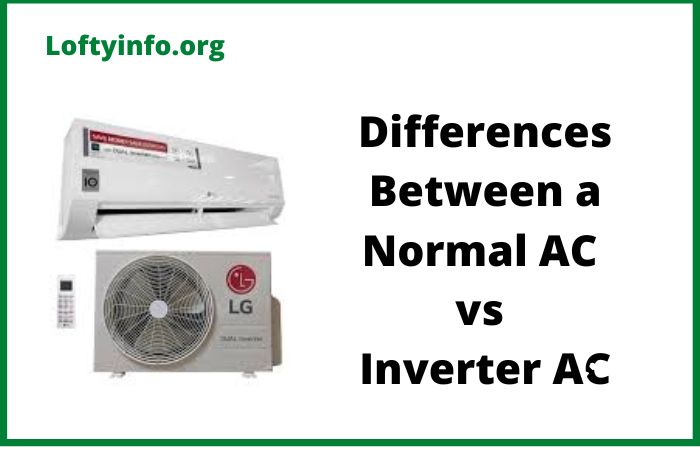How Solar Water Heaters Work
Maintaining a constant availability of hot water in the house for use is very necessary.
But the thing is that this consumes a lot of energy and spikes energy cost easily.
But with the use of solar energy, you can have your hot water available for use without having high electricity consumption.
This is made possible with the help of the solar water heater.
How Solar Water Heaters Work
Solar water heaters represent one of the most practical and cost-effective applications of renewable energy technology available to homeowners today.
These systems have been quietly revolutionizing how we heat water in homes and businesses around the world, offering a sustainable alternative to traditional electric and gas water heating methods.
Understanding how these ingenious devices work reveals the elegant simplicity behind what many consider to be one of the most mature and reliable solar technologies.
At its core, a solar water heater operates on a fundamental principle that anyone who has left a garden hose in the sun can appreciate: dark surfaces absorb solar radiation and convert it into heat.
Modern solar water heating systems have refined this basic concept into highly efficient machines that can provide hot water even on partially cloudy days and store heated water for use during nighttime hours.
The heart of any solar water heating system lies in its solar collector, typically mounted on a roof or other sunny location.
These collectors come in two primary varieties, each with distinct advantages.
Flat-plate collectors consist of a dark-colored absorber plate, usually made of copper or aluminum, housed within an insulated box and covered with tempered glass or clear plastic. The absorber plate is painted with a special selective coating that maximizes solar absorption while minimizing heat loss through radiation.
Running through or attached to this plate is a network of tubes or channels through which water or a heat-transfer fluid circulates.
Evacuated tube collectors, the second major type, consist of parallel rows of transparent glass tubes, each containing an absorber tube surrounded by a vacuum.
This vacuum acts as an excellent insulator, dramatically reducing heat loss and allowing these collectors to operate efficiently even in colder climates.
Inside each evacuated tube, a heat pipe or direct-flow design transfers the collected solar energy to the circulating fluid.
The circulation system forms the second crucial component of a solar water heater.
In active systems, electric pumps move water or heat-transfer fluid through the collectors and into the storage system.
These pumps are controlled by differential temperature controllers that monitor the temperature difference between the collectors and the storage tank.
When the collectors become warmer than the stored water by a predetermined amount, typically around 10-15 degrees Fahrenheit, the pump activates to circulate fluid and capture the available solar energy.
Passive systems, also known as thermosiphon systems, rely on natural convection to circulate water without the need for pumps or controllers.
In these systems, the storage tank must be positioned above the collectors, allowing heated water to rise naturally while cooler water flows down to be heated.
This creates a continuous circulation loop that operates automatically as long as the sun is shining and the collectors are warmer than the stored water.
The storage component of a solar water heating system typically consists of one or more insulated tanks designed to hold heated water for extended periods.
These tanks are usually larger than conventional water heater tanks, often ranging from 80 to 120 gallons for residential applications, because they must store enough hot water to last through periods when solar energy is not available.
The tanks feature heavy insulation to minimize heat loss and may include backup heating elements for times when solar energy alone cannot meet hot water demands.
Direct circulation systems pump water directly through the collectors and into storage, making them simple and efficient but suitable only for climates where freezing is not a concern.
Indirect circulation systems use a heat-transfer fluid, typically a mixture of water and propylene glycol antifreeze, that circulates through the collectors and transfers heat to the domestic water supply through a heat exchanger.
This antifreeze solution prevents freeze damage in colder climates but adds complexity and slightly reduces efficiency due to the additional heat transfer step.
The integration of solar water heaters with existing plumbing systems requires careful attention to temperature and pressure management.
Most systems include temperature and pressure relief valves, mixing valves to prevent scalding, and check valves to prevent reverse circulation during cool periods.
A well-designed system seamlessly integrates with the home’s existing hot water distribution network, with the solar-heated water serving as preheated input to a conventional backup water heater or as the primary hot water source when adequate solar energy is available.
Control systems in modern solar water heaters have become increasingly sophisticated, incorporating sensors, timers, and even smart home integration capabilities.
These controls optimize system operation by monitoring collector and storage temperatures, outdoor conditions, and hot water usage patterns.
Some advanced systems can predict weather conditions and adjust operation accordingly, while others provide remote monitoring capabilities that allow homeowners to track system performance and energy savings.
The efficiency of solar water heaters depends on numerous factors, including geographic location, collector orientation and tilt, system design and local climate conditions.
In optimal conditions, a well-designed system can provide 60-80% of a household’s hot water needs, with some systems in sunny climates achieving even higher percentages.
The collectors work most efficiently when oriented toward the sun’s path and tilted at an angle roughly equal to the local latitude, though variations of 10-15 degrees in either direction typically have minimal impact on performance.
Seasonal performance variations are inherent to solar water heating systems with peak performance occurring during summer months when solar radiation is strongest and day length is longest.
During winter months, particularly in northern climates, solar contribution may drop significantly, making backup heating systems essential for maintaining adequate hot water supplies.
Even during winter, solar water heaters can provide meaningful energy savings by preheating water that would otherwise need to be heated entirely by conventional means.
Maintenance requirements for solar water heaters are generally minimal but important for long-term performance and system longevity. Regular inspection of collectors for damage, cleaning of collector surfaces, checking fluid levels in indirect systems and testing of pumps and controls help ensure optimal operation.
Most systems require professional maintenance every few years to replace heat-transfer fluids, inspect seals and connections, and verify proper operation of all components.
The economic benefits of solar water heating extend beyond simple energy bill reductions. Many regions offer rebates, tax credits or other incentives that can significantly reduce the initial installation cost.
Over the typical 15-20 year lifespan of a solar water heating system, the cumulative energy savings often exceed the initial investment, particularly in areas with high conventional energy costs or abundant sunshine.
Environmental benefits represent another compelling aspect of solar water heating technology.
By displacing the use of fossil fuels or grid electricity for water heating, these systems reduce greenhouse gas emissions and help decrease dependence on non-renewable energy sources.
A typical residential solar water heater can prevent several tons of carbon dioxide emissions annually, equivalent to the environmental benefit of planting dozens of trees.
Solar water heating technology continues to evolve, with ongoing improvements in collector efficiency, system controls, and integration with other renewable energy technologies. Modern systems increasingly incorporate features like drain-back freeze protection, improved heat exchangers and smart controls that optimize performance based on weather forecasts and usage patterns.
Some cutting-edge systems even integrate with solar photovoltaic panels and battery storage systems to create comprehensive renewable energy solutions for the home.
The versatility of solar water heating extends beyond residential applications to commercial, industrial, and institutional uses.
Large-scale systems can provide hot water for hotels, hospitals, schools, and manufacturing processes, often achieving even greater economic benefits due to their size and higher hot water usage rates.
Pool heating represents another popular application, where solar collectors can extend swimming seasons and reduce pool heating costs dramatically.
Understanding how solar water heaters work reveals them to be remarkably straightforward yet sophisticated devices that represent one of the most practical ways for individuals to harness renewable energy.
By converting abundant solar radiation into useful thermal energy for domestic hot water production, these systems offer a proven path toward reduced energy costs, decreased environmental impact and greater energy independence.
As conventional energy costs continue to rise and environmental concerns grow, solar water heating stands out as a mature, reliable technology that can provide decades of clean, cost-effective hot water production while contributing to a more sustainable energy future.





